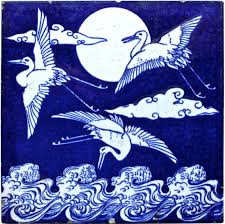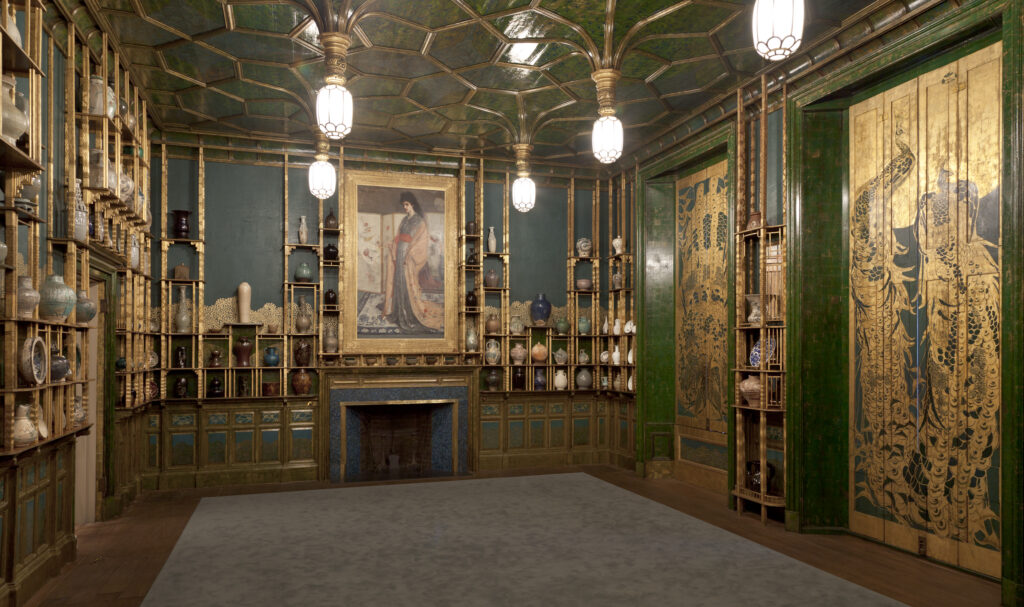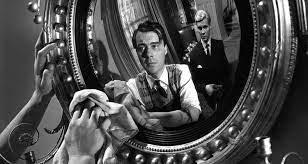
“I find it harder and harder every day to live up to my blue china.” Oscar Wilde
The creed of the English ‘Aesthetic Movement’ (1860 – 1900) resonated with my teenage self – ‘Art for Art’s sake’ and the incorporation of beauty into everyday life. In my imagination, I lived among an unforgettable cast of extraordinary characters – Oscar Wilde, Christopher Dresser, James McNeill Whistler…
Now I observe that this old, long-standing passion has come full circle with a new interest: Japan.
From the 1860’s onwards, Japonism (as it came to be known) was at its height. Implicit in the famous quote above by Oscar Wilde, it found expression everywhere. Take the example of Whistler’s extraordinary Peacock Room:

The story of this room is a ‘Letter’ in itself. A furious row erupted between the artist Whistler and his patron Fredrick Richards Leyland. Only authorised to make minor changes to the room, Leyland was shocked to find that his ‘decorator’ had got rather carried away – enchanted by his theme. Now it stands as one of the best surviving examples of the Aesthetic Movement’s Anglo-Japanese fusion. Whistler predicted as much – in a heated exchange he is reported to have told Leyland: “Ah, I have made you famous. My work will live when you are forgotten!”
Furniture, bookbinding, porcelain, even utilitarian Japanese objects found a new home and resonance in the English drawing room.
So, a culture that at first glance seems foreign, otherworldly, became part of our world.
To end, let us transport ourselves to Japan itself, with the wonderful Japanese guides Mei and Yuki, to spend some more time in this world of beauty. Quite the most wonderful vlog!


